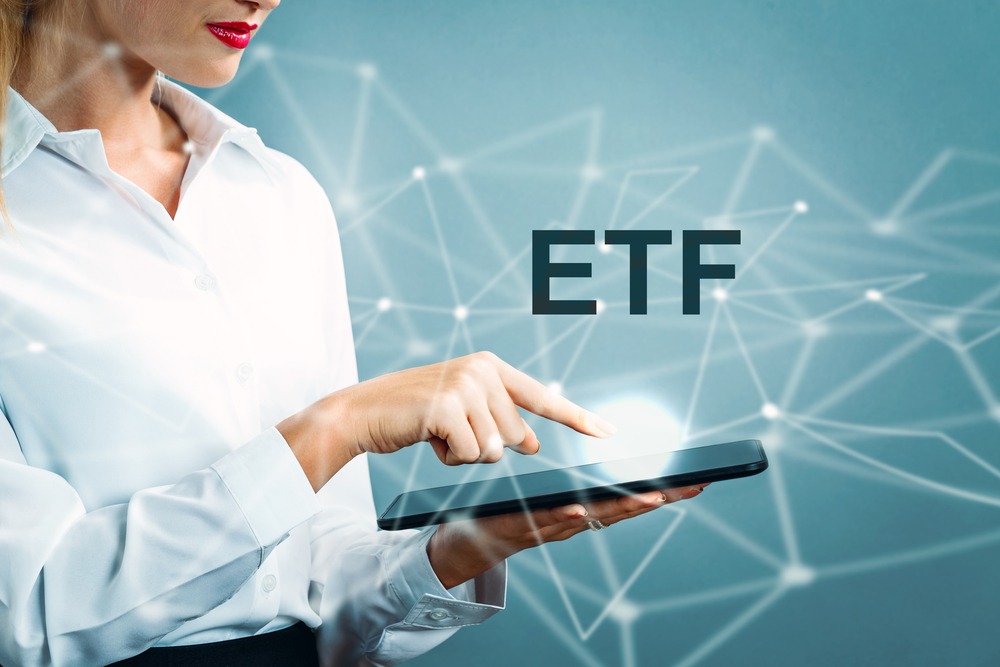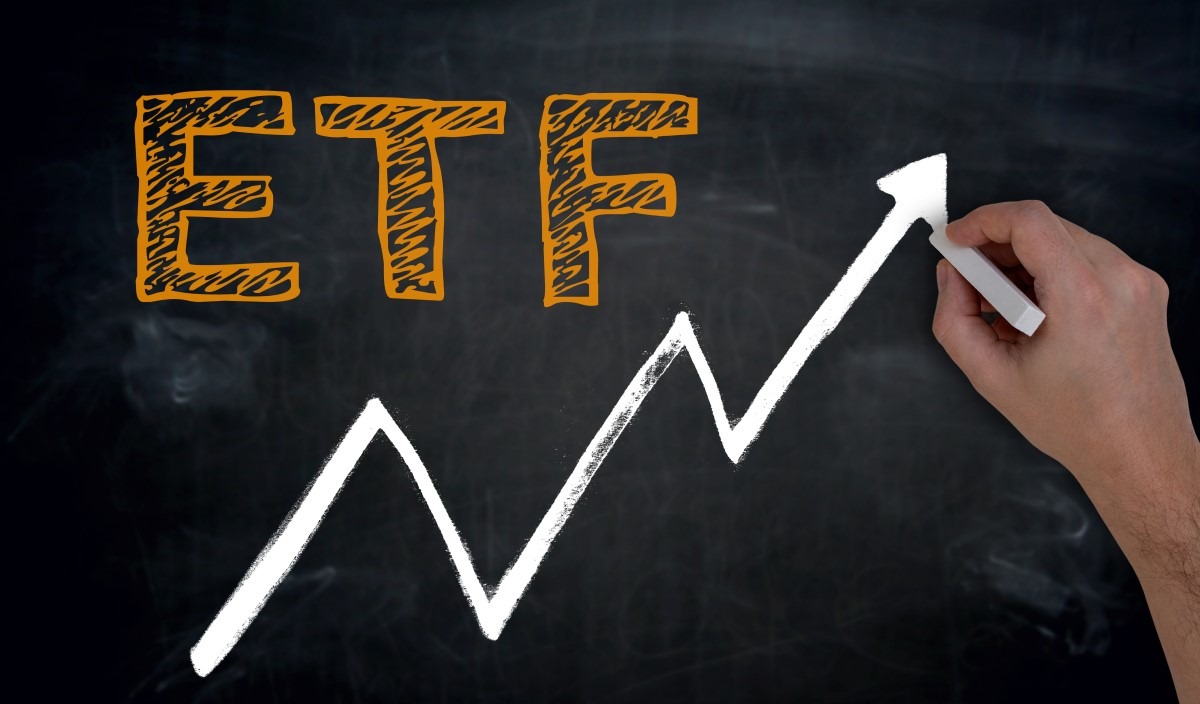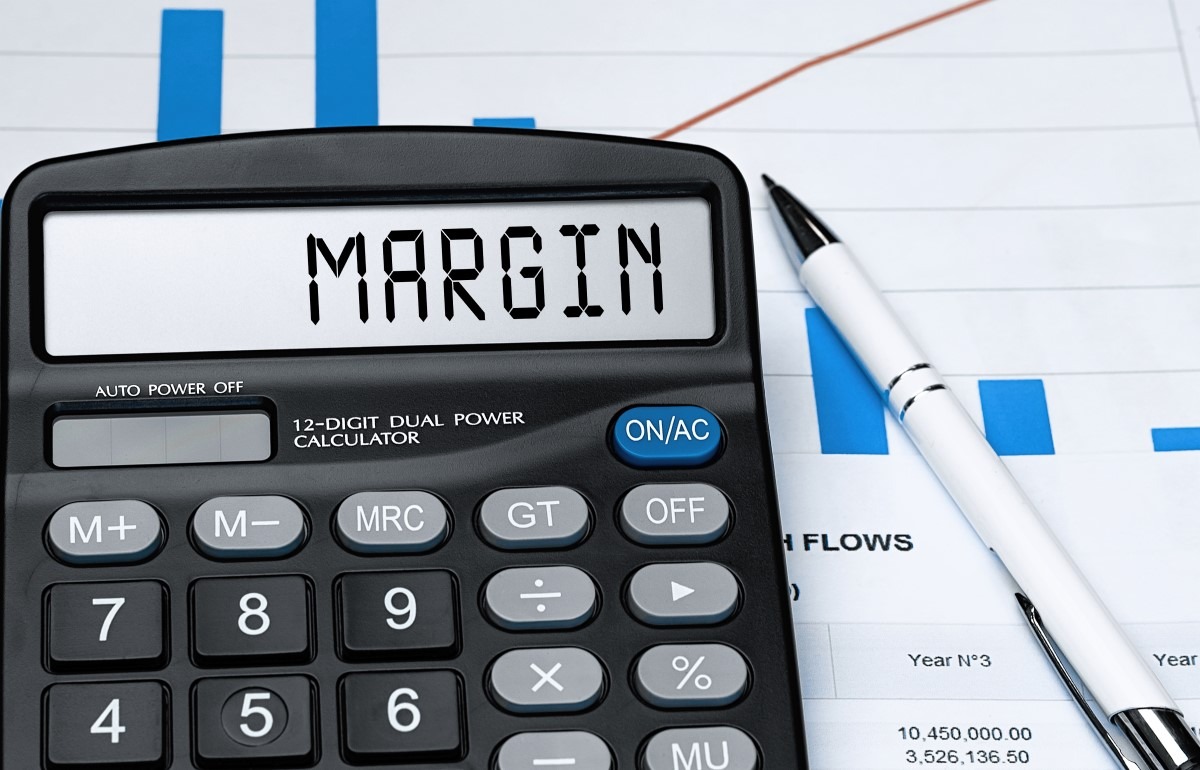The business world offers many opportunities. But not all of them are easy to understand, and lots of ventures are risky. For instance, stock trading is considered relatively easy compared to other assets. Forex is very volatile, and mutual funds enable more diversification. That is important, as it’s double risky to sink all your money into one asset. Professional traders and investors know that they must diversify if they want to avoid going bankrupt and achieve success instead.
However, it can be quite confusing for beginner traders to navigate the market and find out which assets are better suited for their purposes. If you want to trade in assets that are easier to manage while simultaneously employing diversifying method, then maybe exchange-traded funds or ETFs are what you are seeking.
An ETF is a fund that can be bought and sold throughout the trading day, much like a stock exchange. They differ from mutual funds in that way, as the latter is priced at the end of the trading day. Exchange-traded funds enable traders to buy and sell a basket of assets without buying all the components individually. Furthermore, ETFs often have lower fees compared to other types of funds. The risk level depends on the type of fund, though.
While ETFs seem attractive, all assets have their pros and cons. Let’s take a look at them.
ETF Pros VS ETF Cons
Investors prefer ETFs because they are so easy to trade. In 2020, $507.4 billion flowed into U.S.-listed exchange-traded funds, showing a 55% surge from 2019.
As we already mentioned, they enable traders to diversify. However, we don’t mean diversification in the sense of the broad market verticals, such as trading bonds, stocks, or a particular commodity simultaneously. Instead, with ETFs, investors can diversify across horizontals, like industries.
Typically, buying all the components of a particular basket would take lots of money and effort from the trader. But with ETFs, you can achieve that with a click of a button.
Besides, they also offer tax benefits. Usually, investors have to pay taxes only when they are selling the investment. But mutual funds incur taxes over the course of the investment, as well.
ETFs’ other advantage is their transparency. If you have access to the internet, you can easily find out the price activity for a particular ETF on an exchange. Furthermore, a fund’s holdings are disclosed daily to the public and with mutual funds that happen only monthly or quarterly.
When it comes to ETF Cons, though, the most prominent is trading cost. Fund’s costs may not end with the expense ratio. Online brokers may ask for commission fees from ETFs traders because these funds are exchange-traded. While some brokers have decided to drop their ETF commissions to zero, others weren’t so generous.
Another drawback is that ETF traders may come across some liquidity issues. They are at the whim of the current market prices when they decide to sell. And there is also a risk that the ETF will close.
If a fund hasn’t brought in enough assets to cover administrative costs, ETF could close. That means investors have to sell sooner than they may have intended and possibly suffer losses in the process. After that, they also have to reinvest that money and potentially pay an unexpected tax.
How do exchange-traded funds operate?
Well, that’s a relatively easy part. An ETF provider considers different assets, including stocks, commodities, bonds, or currencies, and creates a basket of them, giving it a unique ticker.
After that, investors can buy a share of that basket, like acquiring shares of a company. Once the investor buys ETF, they can trade throughout the day on an exchange, as they would trade stock.
















